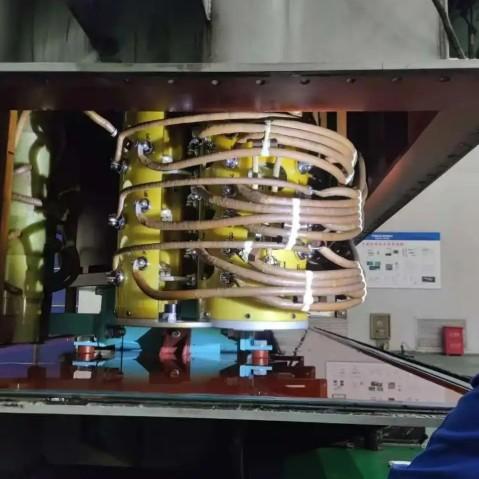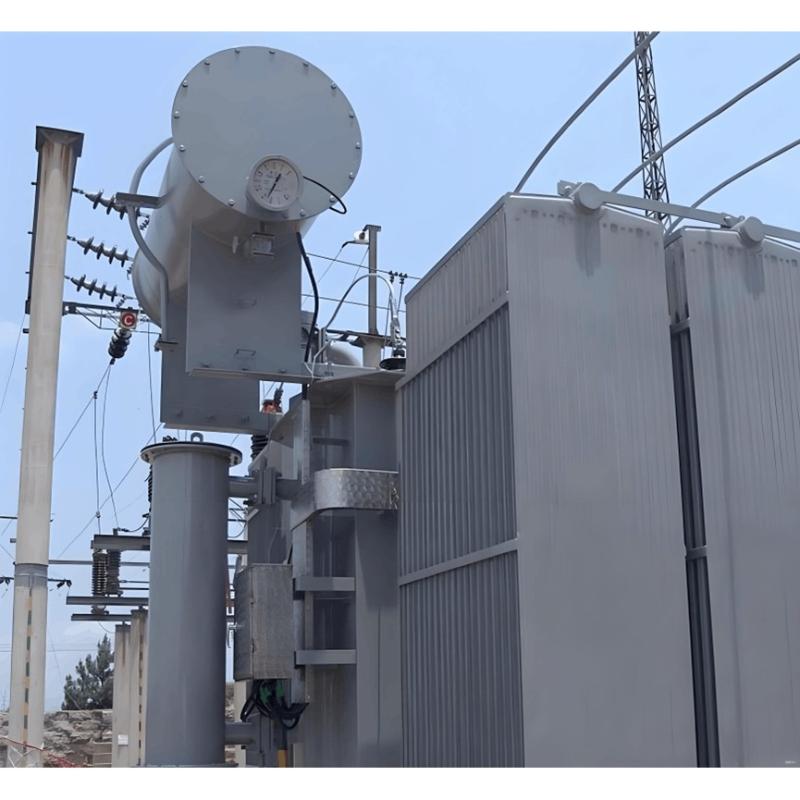1. Definition of Condition-Based Maintenance
Condition-based maintenance refers to a maintenance method where decisions on whether and how to perform maintenance are determined based on the real-time operating status and health condition of equipment. It has no fixed maintenance methods or schedules. The prerequisite for condition-based maintenance is the establishment of equipment parameters and the comprehensive analysis of various operational information of the equipment, so as to make reasonable maintenance decisions based on actual conditions.
Different from the traditional time-based maintenance method, condition-based maintenance aims to keep equipment in operation for a long time and minimize maintenance-related outages, unless the equipment is about to reach the critical state where its performance will be damaged.
Replacing the fixed maintenance cycle of scheduled maintenance with actual operating conditions as the basis for maintenance not only reduces the number of power outages and improves the reliability of power supply, but more importantly, the reduction in power outages minimizes unnecessary economic losses and correspondingly decreases personal accidents involving power personnel. It is an effective method to improve economic efficiency and reduce expenses. Given the current technology and conditions, it is sufficient and necessary to implement condition-based maintenance strategies to accelerate national economic development and ensure people's quality of life.
2. Significance of Condition-Based Maintenance
Power transformers are one of the key components for the normal and stable operation of power systems. Located in the middle of the five links (power generation, transmission, transformation, distribution, and consumption), transformers can be essentially regarded as static electrical machines. As is known, transformers are responsible for adjusting voltage levels, transmitting energy and power, and serve as the core hub of the power grid. The stability of transformers directly affects the stability of power grid operation.
With the rapid economic development and national modernization drive, the scale of the power grid has been expanding, the load on transformers has been increasing, and more attention has been paid to maintenance and overhaul issues. Statistics show that power grid accidents caused by transformer equipment account for 49% of all power grid accidents. Therefore, attaching importance to transformer maintenance is a crucial measure to ensure the healthy operation of the power grid and prevent electrical accidents. On the other hand, it also brings economic benefits to enterprises and the power system. Scheduled outage maintenance, despite being predictable and prepared, inevitably affects enterprise production and people's daily lives.
With the advancement of technology and the power industry, the demand for residential electricity has increased, and the requirement for power supply stability has become higher. Meanwhile, the technology related to power transformers in China has become increasingly mature, especially in the fields of online monitoring and fault diagnosis. In recent years, although there have been many studies on fault diagnosis methods, there have been relatively few studies on fault maintenance, condition judgment, and maintenance plan formulation. However, corresponding to the continuous expansion of the power grid scale, the importance of maintenance and management has become more prominent, and the associated costs have continued to rise. Therefore, it is extremely urgent to determine the appropriate maintenance methods and fault diagnosis approaches, and to ensure normal operation while saving maintenance costs through the most reasonable maintenance plans.
3. Condition Information and Decision-Making
To judge the condition of a transformer, staff must have a comprehensive understanding, including the normal operating status of the equipment and its relevant parameter standards. Only in this way can a comprehensive solution be developed during condition monitoring. In the actual monitoring and diagnosis process, several methods can be used to collect condition information and parameters.
3.1 Understanding the Original Information of the Equipment
Staff must have an in-depth understanding and analysis of the original operating status of the transformers under their responsibility, and be familiar with relevant parameters. Special attention should be paid to possible parameter changes in different seasons. For new transformers, records and comparisons between the parameters in the manual and the actual operating parameters must be made. This requires preventive data monitoring of the equipment, covering the basic data of the transformer, special data, and data after equipment replacement or maintenance. Only with such information can staff make reasonable judgments after condition monitoring.
3.2 Preliminary Inspection of the Transformer
The preliminary inspection of equipment should not be limited to simple data collection before equipment operation; it is better to conduct the inspection in combination with the equipment's service life, manufacturer, and operating environment. This is because the operating environment and service life cause different degrees of wear to components. In particular, if the transformer is in a harsh natural environment, more thorough consideration is required, as this will affect the accuracy of the transformer inspection and further influence the subsequent condition judgment and maintenance strategy formulation. Products from different manufacturers in different periods may have different characteristics and application focuses, so during monitoring, attention should also be paid to key monitoring items and data changes.
3.3 Familiarity with Relevant Equipment Data
Parameter standards are particularly important in transformer testing. Online condition monitoring must be based on standards, but parameter standards are not static data—only reasonable standard data can enable effective comparison after monitoring. In addition, historical data from the past can also be used as a reference. After a period of operation, equipment may have some wear but not to the extent that requires outage maintenance or replacement. Therefore, when staff accurately record the frequency, time, and location of faults found during inspection, and then compare and analyze this data with standard data and historical data, they can obtain the results of the current condition monitoring. This requires power staff to be familiar with data standards to accurately complete monitoring and diagnosis work. The data recorded in each inspection serves as an important reference for the next monitoring.
4. Condition-Based Maintenance Evaluation Indicators and Determination of Maintenance Plans
When a power transformer fails, based on various factors affecting maintenance, a framework for the condition-based maintenance evaluation indicator system of power transformers (as shown in Figure 1) is proposed.
The evaluation indicator system mainly consists of the following parts:
Safety: The impact of the fault on the safe operation of the power grid;
Reliability: Including the reduction in power supply reliability caused by maintenance, the improvement in reliability brought by maintenance, and the running-in period after maintenance;
Economy: Mainly covering the cost of maintenance equipment and the economic loss caused by power outages;
Others: The technical level required for maintenance, the management of spare parts, and the reasonable arrangement of maintenance spare parts and storage methods to avoid delays in power restoration due to waiting for spare parts.
These evaluation indicators, along with several maintenance plans proposed below for transformer faults, have their corresponding evaluation indicator values input through a human-computer interaction interface to complete the decision-making for the condition-based maintenance plan.
5. Conclusion
The condition monitoring of transformers must meet the requirement of comprehensive understanding, and the data and indicators must fully reflect the operating status and level. Today's transformer technology is becoming increasingly advanced, and there are many factors affecting their condition. Each component has different degrees of influence in different periods, and different maintenance methods are applicable from different perspectives. Therefore, the condition evaluation must be scientific and comprehensive to truly achieve the ultimate goal of condition-based maintenance.
To ensure that the evaluation indicators can fully and truly reflect the operating status of the transformer, the principles of scientificity, feasibility, and comprehensiveness should be followed. The condition changes of the power transformer should be reflected through comprehensively monitored indicators and data, thereby further reflecting the development trend of the transformer equipment.


























